The Easy Wax Crayon Guide
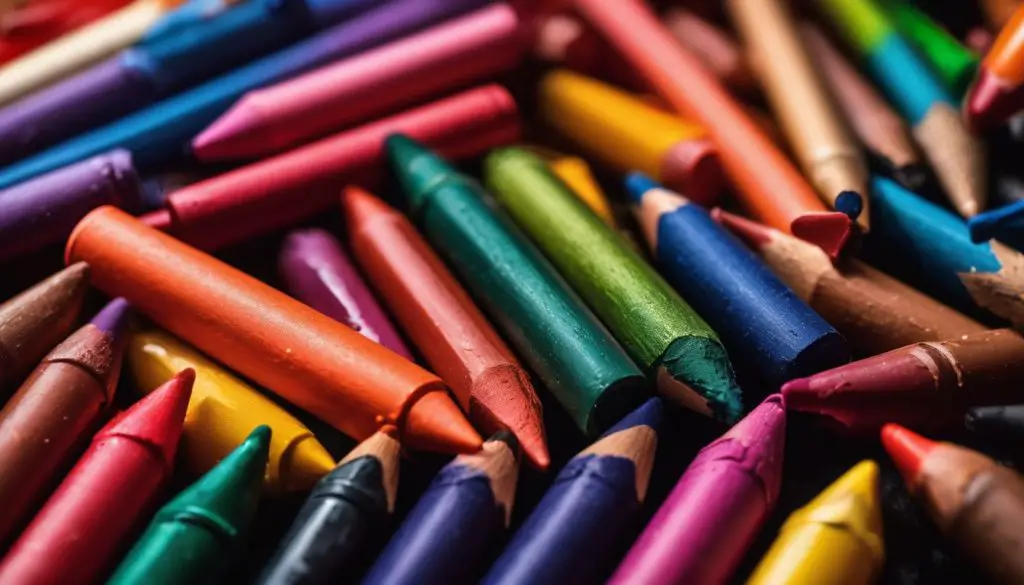
Are you a budding artist looking for a fun, versatile medium to express your creativity? Wax crayons might be the answer!
Thanks to their rich pigmentation and easy-to-use format, they’ve been used across time and cultures to create vibrant art.
This comprehensive guide will explore everything from wax crayon’s history and types to techniques that can take your artwork from ordinary to extraordinary.
Stay tuned – it’s time to color outside the lines!
Key Takeaways
- Wax crayons are versatile coloring tools made of wax and color pigments, used for drawing and coloring on surfaces like paper or canvas.
- Different types of wax crayons are available, including wax-based artist crayons, non-toxic beeswax crayons, and water-resistant crayons.
- Tips for using wax crayons include choosing the right paper or canvas, learning blending techniques, experimenting with layering colors, and using scratching techniques.
Table of Contents
What is a Wax Crayon?
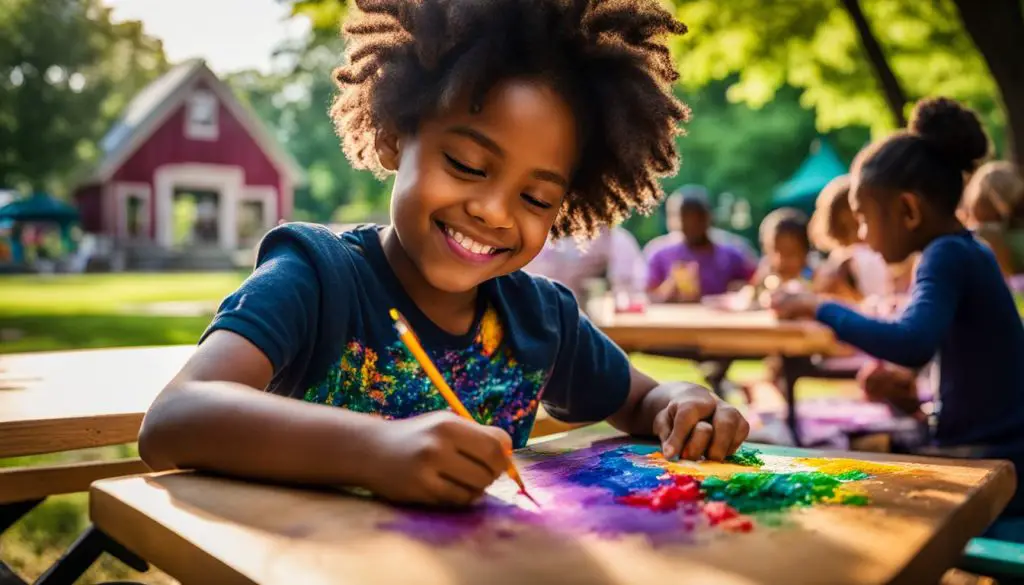
A wax crayon is a coloring tool made primarily of wax and color pigments, used for drawing and coloring on various surfaces such as paper, cardboard, or canvas.
Composition
Wax crayons are very simple. They have color and wax. The wax holds the color together. Crayola uses paraffin wax from petroleum for their crayons.
But not all crayons are the same! Oil pastels also have oil with the wax and color. This is what makes them different from other kinds of crayons.
History
People started talking about crayons in 1644. The Ancient Egyptians were the first to use wax with color. However, it was not until 1903 that Edwin Binney made his brand of wax crayons called Crayola.
He changed the way crayons were made by using wax instead of oil. This change helped users handle the sticks with ease and sturdiness.
Artists, students, and educators worldwide use his invention daily to create vibrant works of art.
Today’s Usage
Many people use wax crayons today. They are not just for kids but also artists and teachers. Some artists like them because they blend well and give a smooth finish.
Teachers find them useful in art classes as kids can easily create vibrant drawings.
Some industries use these crayons to mark things or show info on surfaces where the ink will not stay put or show up clearly. Home crafters also use wax crayons to add color to their projects.
So, wax crayons are widely used, ranging from playgrounds to classrooms, from craft rooms to industrial sites.
Different Types of Wax Crayons
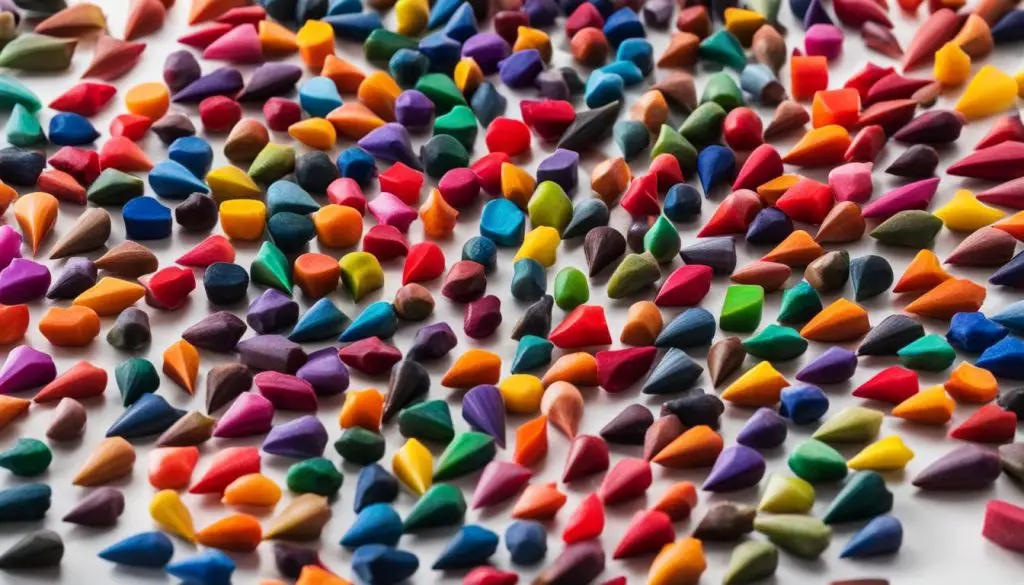
There are several different types of wax crayons available, including wax-based artist crayons, non-toxic beeswax crayons, and water-resistant crayons.
Wax-Based Artist Crayons
Wax-based artist crayons are a popular choice for creating pictures. They are made with waxes like paraffin wax and pigments.
These crayons have been around since the mid-1920s and continue to be widely used by children and artists.
Crayola is a well-known brand that makes wax crayons primarily using paraffin wax and pigments. Different wax-based artist crayons are available, including traditional ones that come in stick form.
With their vibrant colors and smooth application, these crayons make unleashing your creativity on paper or other surfaces easy.
Non-Toxic Beeswax Crayons
Non-toxic beeswax crayons are a safe and natural choice for artists, art students, and art educators. These crayons are made from all-natural materials like beeswax or soy wax, which are non-toxic and environmentally friendly.
They don’t contain harmful chemicals or additives that could be dangerous, especially for young children.
Beeswax crayons are particularly popular for toddlers as they are made from honeycombs produced by bees.
Many brands offer handmade crayons made of soy wax tinted with non-toxic minerals and organic pigments in various shapes.
Beeswax or soy wax in non-toxic crayon brands is due to their natural and safe properties, making them a great choice for creative projects without worrying about harmful effects.
Water-Resistant Crayons
Water-resistant crayons are a great option for artists who want to protect their artwork from water damage.
Unlike water-soluble crayons, these crayons do not dissolve or bleed when they come into contact with water.
This means that you can use them on paper or canvas and then add watercolor paint or ink on top without worrying about the colors running together.
One popular brand of water-resistant crayons is Caran D’Ache Neocolor II, which comes in 60 vibrant colors.
These crayons are perfect for creating detailed artwork that can withstand the addition of wet media.
So, if you’re looking to experiment with mixed media techniques or want your artwork to be waterproof, consider trying water-resistant crayons!
Tips for Using Wax Crayons
When using wax crayons, choosing the right paper or canvas is important, as well as learning blending techniques for smooth color transitions and experimenting with layering to create depth.
Read on to discover more tips for unlocking the full potential of your wax crayons.
Choosing the Right Paper/Canvas
When using wax crayons, choosing the right paper or canvas is important. The type of surface you use can affect how well the colors stick and blend.
Use heavyweight paper or a canvas specifically designed for wax crayons for best results.
These surfaces have enough tooth or texture to grip the wax and allow for better color application.
Avoid using thin or smooth papers, as they may not hold the colors as well and can cause smudging.
By selecting the appropriate paper or canvas, you can enhance your artwork and make your colors vibrant and long-lasting.
Blending Techniques
Blending Techniques:
- Soften the edges of crayon strokes by gently rubbing with fingers or a blending stump.
- It is layering different colors on top of each other to create new shades and tones.
- Use a colorless blending pencil or a white crayon to blend colors smoothly.
- Applying pressure while coloring to create a smooth and even blend of colors.
- Experiment with different types of paper surfaces to achieve different blending effects.
- Add water to wax crayons to create a watercolor-like effect and blend colors.
- Using a heat source, such as a hairdryer or heat gun, to melt and blend wax crayons on the surface.
- Combining wax crayons with other art mediums, such as colored pencils or markers, for unique blending techniques.
Layering and Building Colors
Layering and building colors with wax crayons is a technique that many artists, art students, and art educators find useful.
Using this technique, you can create depth and dimension in your artwork. Here are some tips to help you master the art of layering and building colors with wax crayons:
- Start with a light touch: Begin by applying a thin layer of color to your drawing surface. This allows you to gradually build up the intensity of the colors as you go.
- Use different pressure levels: Experiment with applying varying amounts of pressure to the crayon as you draw. Light pressure will produce a lighter color, while heavier pressure will create a more vibrant hue.
- Blend with your fingers or a blending tool: After applying one layer of color, use your fingers or a blending tool to blend the colors smoothly. This helps to create seamless transitions between shades.
- Allow layers to dry before adding more: If you want to add additional layers of color on top, ensure each layer is fully dry before proceeding. This prevents smudging or muddying of colors.
- Experiment with different colors and textures: Wax crayons come in various vibrant hues, so don’t be afraid to mix and match different shades for interesting effects. You can also experiment with different drawing surfaces, such as textured paper or canvas, to add depth and visual interest to your artwork.
- Practice layering light over dark: To create highlights or lighter areas in your artwork, try layering lighter colors over previously applied darker ones. This technique creates contrast and adds dimension to your drawings.
- Build up layers for richer colors: If you want intense or saturated shades, build up multiple layers of color in the same area until you achieve the desired richness.
- Experiment with scratching techniques: You can also incorporate scratching techniques into your work by using a sharp object like a toothpick or a stylus to scratch away layers of wax, revealing the colors underneath.
Conclusion
In conclusion, this ultimate guide to wax crayons has given you everything you need to know.
From the composition and history of wax crayons to tips for using them effectively, we hope this article has helped enhance your artistic skills and know;edge.
Now, grab those crayons and let your creativity shine!
FAQs
1. What are Wax Crayons?
Wax crayons are a type of art supply made from pure beeswax or industrial wax mixed with pigmented colors, used for coloring and drawing.
2. Which brands make good Wax Crayons?
Brands like Stockmar, Dixon, Faber-Castell, Honeysticks, and Crayola make high-quality wax crayons in assorted colors that glide easily and show vivid colors.
3. Are there different types of Wax Crayons?
Yes! There are jumbo crayons for toddlers, triangular crayons that are easy to hold, large crayon sticks called stix and twistable ones that do not need a paper wrapper or cellophane.
4. Can I get Washable Wax Crayon?
Yes! You can get washable wax crayons that mark smoothly on surfaces but can be cleaned off easily making them suitable art supplies for young kids’ art projects.
5. Should you refill your Wax Crayon package?
When your favorite color is all used up the best thing to do is replace it with a refill rather than buying a whole new package of assorted coloring wax pastels.
6. Why should I choose Stockmar Beeswax?
Stockmar Beeswax crayon comes with classic colors that glide on smooth surfaces giving out vibrant images because they are highly pigmented; plus they have an easy pencil grip even when working extensively due to their durable triangle shape structure.
Source URLs:
- https://artful-kids.com/2010/03/12/exploring-wax-crayons/
- https://alisaburke.blogspot.com/2016/03/crayons-tips-and-tricks.html
- http://fineartdrawinglca.blogspot.com/2020/03/wax-crayons-and-oil-pastels.html
- https://www.sciencebuddies.org/stem-activities/crayon-rock-cycle
- https://www.pusd.us/cms/lib/CA01901115/Centricity/Domain/2467/Art%20in%20Focus.pdf
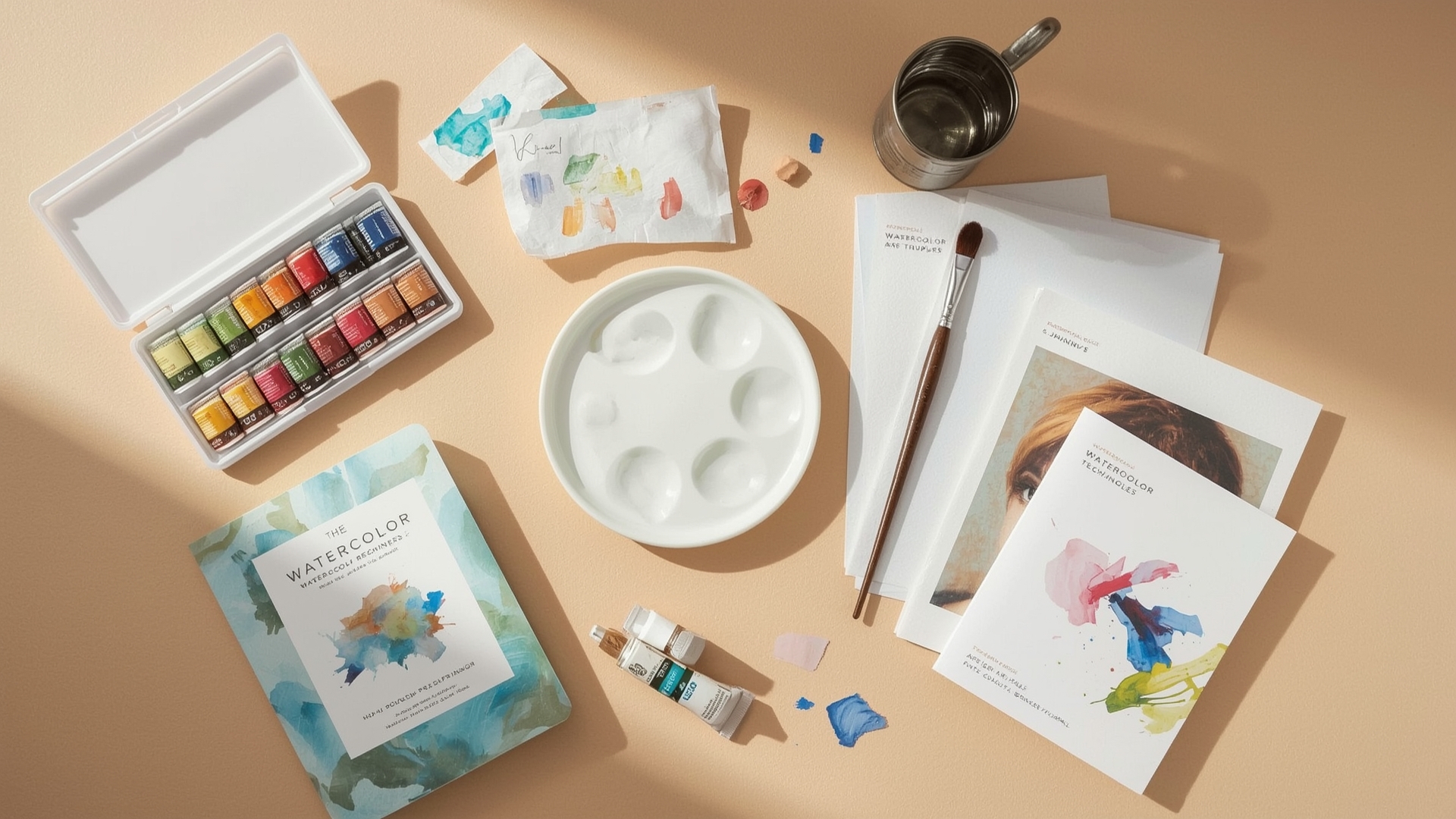

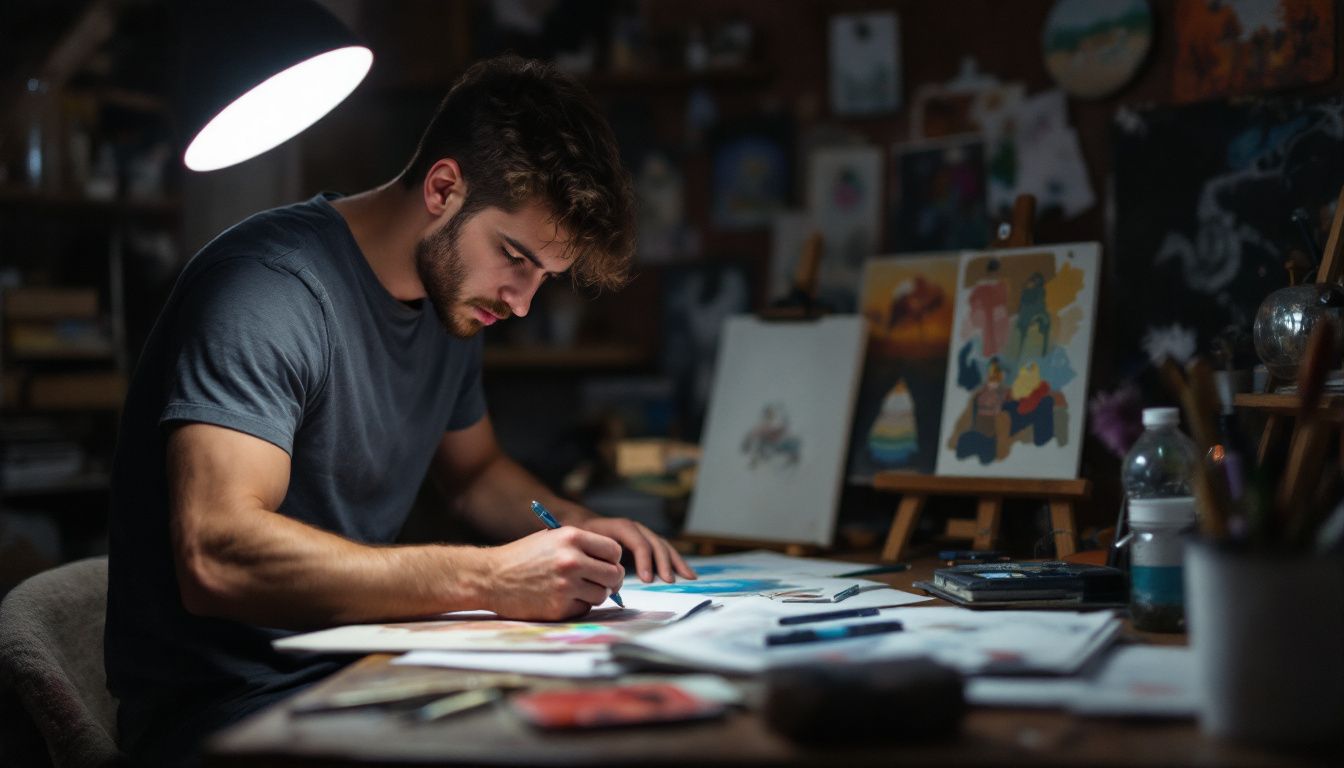
Leave a Reply